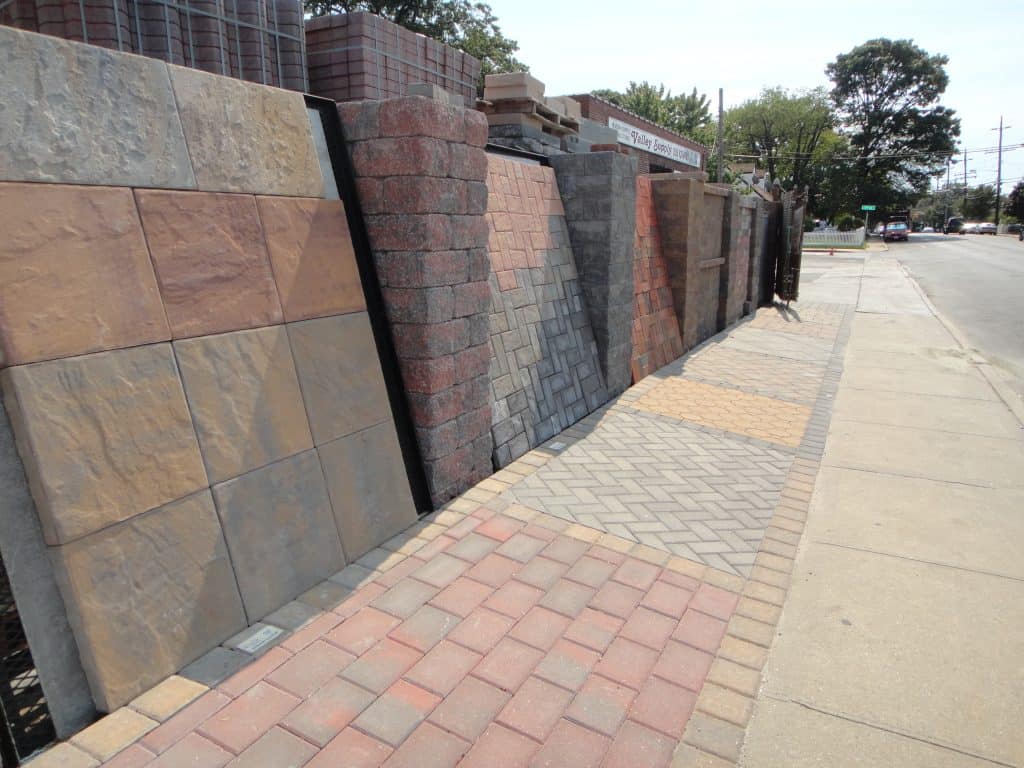There are several types of masonry materials, but the most commonly used ones are bricks and cinder blocks. Bricks come in a variety of colors, from plain red to more elaborate designs. Bricks are usually laid in irregular patterns and are often accompanied by mortar, which makes them more durable and resistant to damage. Bricks are relatively inexpensive, and are also widely available. Here are some tips to help you choose the best masonry material for your project.
Brick selection will affect the appearance of the finished surface. In the 1970s, buildings were built with very high levels of brick uniformity and accuracy. Later periods, on the other hand, regarded such uniformity as sterile, and sought to emulate more pronounced and coarser work. In order to give brick surfaces a more rustic look, some designers prefer to use bricks that have been “burnt”; these are darker than the others. Other brick surfaces are created using artificially aged, antique salvage bricks.
To get a realistic look, concrete blocks with architectural finishes should have high-quality texture. They should have a textured surface that resembles that of face brick and stone. Coloration must be incorporated into the material, rather than applied with paint. A second common option is stucco, a type of exterior plaster. This plaster is spread over chicken wire, metal screening, or lath. It is often used on stream banks and other structures.
Mortar is an important component of masonry construction. It is used as a binding material for individual masonry units. Lime is used in traditional mortar to make it stick to the ends of the units. Lime mortars, which were widely used before the 19th century, were made with just sand and lime. However, today’s mortars contain additives and are available in a variety of formulations. If you are looking for the right mortar for your project, here are some tips:
Concrete masonry is a durable and flexible material for building structures. It is virtually maintenance-free and increases occupant safety. It also resists mold, pests, and fire. It is also able to withstand extreme temperatures. It is ideal for buildings whose life expectancy is not known. In the case of a fire, this is especially important. For commercial buildings, non-CMU buildings may be at increased risk of total loss. Globe Advisors recently studied insurance costs for concrete versus wood-frame buildings, comparing each.
One of the benefits of masonry is its ability to keep a building cooler, without the use of electricity or any other source of energy. Because masonry absorbs heat from the sun, masonry walls are better protected against extreme temperatures. Masonry is also long-lasting, which means they are attractive to potential buyers. There are many other benefits of using masonry, and these are just some of them. These benefits make masonry a great choice for construction.
Brick is one of the most popular masonry materials, both for its aesthetic and structural properties. While bricks are widely used as a veneer and weight-bearing, concrete blocks are quickly gaining popularity as a masonry material. Most concrete blocks are hollow, but reinforced cores give them greater tensile and lateral strength. Bricks and stones also increase a building’s thermal mass. This thermal mass is one of the main reasons why these materials are used.

